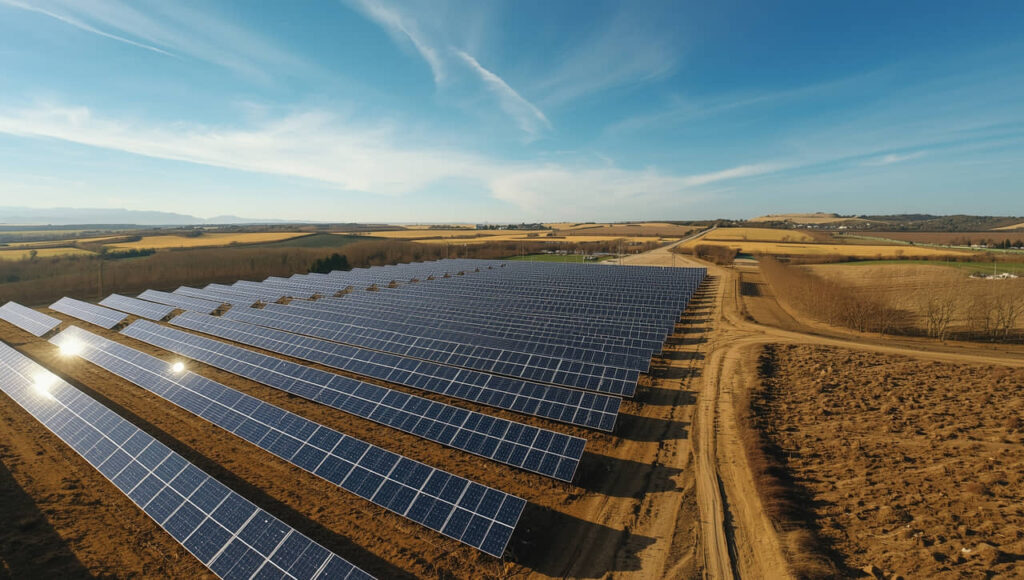Recent record-low production costs in the green hydrogen sector have marked a significant milestone and accelerated clean energy, as cost declines have become one of the main drivers and indicators of a country’s success in fostering sustainable production and consumption. Green hydrogen, whose production has just dropped from over $5.5 to approximately $3.5 per kilogram, will soon cost less than $3 per kilogram as production expands globally. At this price level, India is among the most competitive countries in green hydrogen production. Indian Oil Corporation and Hindustan Petroleum produce hydrogen at $3.5 and $4 per kilogram, respectively.
Launched in 2023 by the Government with an initial outlay of about ₹19,744 crore or around $2.4 billion and a vision for India to become the world’s most significant green hydrogen production, consumption, and exportation hub, the National Green Hydrogen Mission. A target production capacity of 5 million metric tonnes per annum of green hydrogen has been set for 2030, which might be scaled to 25 mtpa by 2047, with a renewable energy capacity addition of 125 gigawatts. This major push will drive about $100 billion in private investment, create more than 600,000 direct and indirect jobs, and cut India’s carbon footprint by 50 million tonnes per year.
A combination of factors drives India’s success in reducing green hydrogen costs:
The fast growth of renewable energy capacity, which provides the electricity needed for water electrolysis to make hydrogen.
- Indian Oil Corporation, Hindustan Petroleum, NTPC, and Reliance are among the major public sector companies that make strategic investments. They work with startups and small and medium-sized businesses.
- Government incentives, tender auctions for green hydrogen purchases, and infrastructure development, such as dedicated hydrogen hubs at key ports.
- Several hundred crores are being spent on ongoing research and development to develop new electrolyzer designs, storage solutions, and ways to use hydrogen in heavy industries such as steel, cement, and fertilizers.
Industry captains and policymakers expect the costs of green hydrogen production in India to fall much further in the coming years. The aim is to reduce costs to about $1.5-$2 per kilogram by early 2030. This cost benchmark will be realized by technology development to maturity and deeper alignment with renewable energy sources. It is vital to learn this competitive cost level to decarbonize hard-to-abate sectors. Currently, steelmaking is almost entirely powered by fossil fuels.
India’s progress on green hydrogen is indicative of its broader clean energy vision. India is scheduled to reach 50% of its power capacity from non-fossil fuels by 2030 and plans to increase renewable capacity to 500 GW by then, in line with its commitment to net zero by 2070.
To conclude, the record-breaking low costs of green hydrogen in India make it possible to reach the transformative milestone that accelerates the shift to a low-carbon economy, secures greater energy self-reliance, and stimulates economic growth through large-scale experimentation with clean energy technologies and job creation. The National Green Hydrogen Mission is central to India’s emergence as a global leader in this growing field, ensuring the country is on track to meet its sustainability targets for the 21st century.
